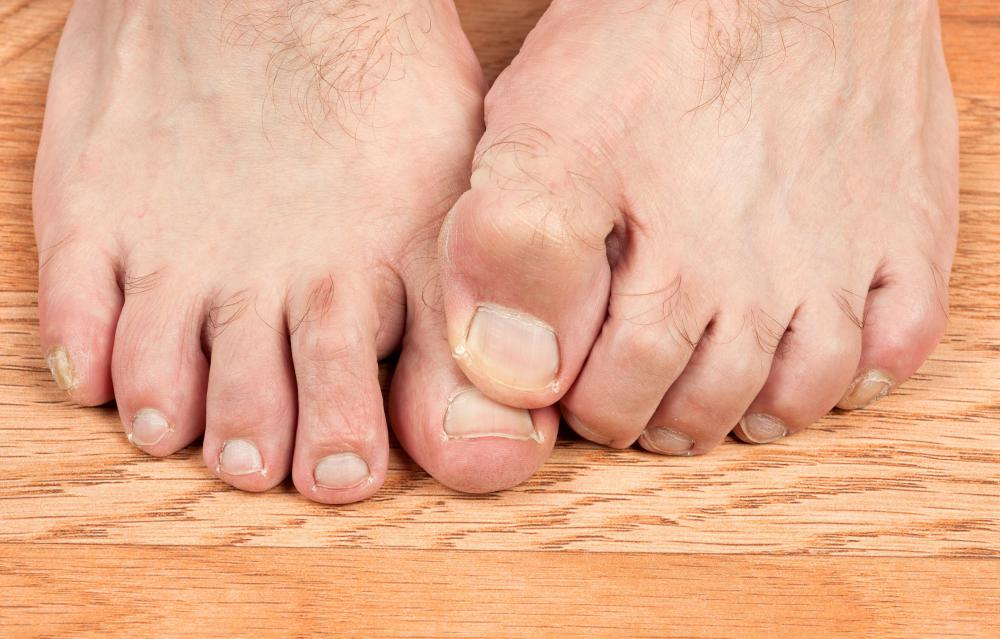At WiseGEEK, we're committed to delivering accurate, trustworthy information. Our expert-authored content is rigorously fact-checked and sourced from credible authorities. Discover how we uphold the highest standards in providing you with reliable knowledge.
What Are the Benefits of Running Barefoot?
While many runners feel the benefits of running barefoot immediately, other runners may not be convinced that the practice is safe or beneficial, which is why the debate tends to rage on. Some studies have concluded that the benefits of running barefoot include less stress on the feet and legs, while others say the benefits are negligible or even non-existent. The foot will tend to move more naturally when running barefoot as opposed to running in a cushioned shoe, which can reduce the risk of soft tissue injuries or even fractures in the foot.
Perhaps the most significant of the benefits of running barefoot is the reduced impact endured by barefoot runners. People who run in cushioned shoes tend to land heel-first during the running stride, which means a significant amount of force is transferred to the feet and legs. Barefoot runners, however, tend to land on the balls of the feet instead, which cushions the impact more thoroughly and prevents the same amount of force from transferring to the feet and legs. The benefits of running barefoot in this case mean less potential for injury and reduced occurrence of premature fatigue.

Running with cushioned sneakers can actually weaken the foot by providing excess support in the arch and heel. A weaker foot means more likelihood of injury, especially in the foot and ankle. One of the benefits of running barefoot is the ability to strengthen the muscles, tendons, ligaments, and even cartilage present throughout the foot, which reduces the likelihood of injury and can increase the mobility and stability of the feet and legs. The transition between running with shoes and running barefoot should be done carefully and gradually, however, as the weakened foot will not be used to the new environment. The runner's gait may need to be adjusted so he or she lands on the balls of the feet when running instead of on the heels.

One potential downside to barefoot running is exposure to the elements as well as uneven or uncomfortable terrain. Even after calluses develop on the feet, the runner will risk getting puncture wounds from debris scattered on the ground, which can in turn lead to infections such as tetanus. Running over various types of debris can also be uncomfortable for some runners, and there is more risk for other injuries such as stubbed toes that can result in fractures. Special non-cushioned shoes with individual slots for toes have been developed to allow for natural movement of the foot while providing some protection from debris.
AS FEATURED ON:
AS FEATURED ON:














Discuss this Article
Post your comments